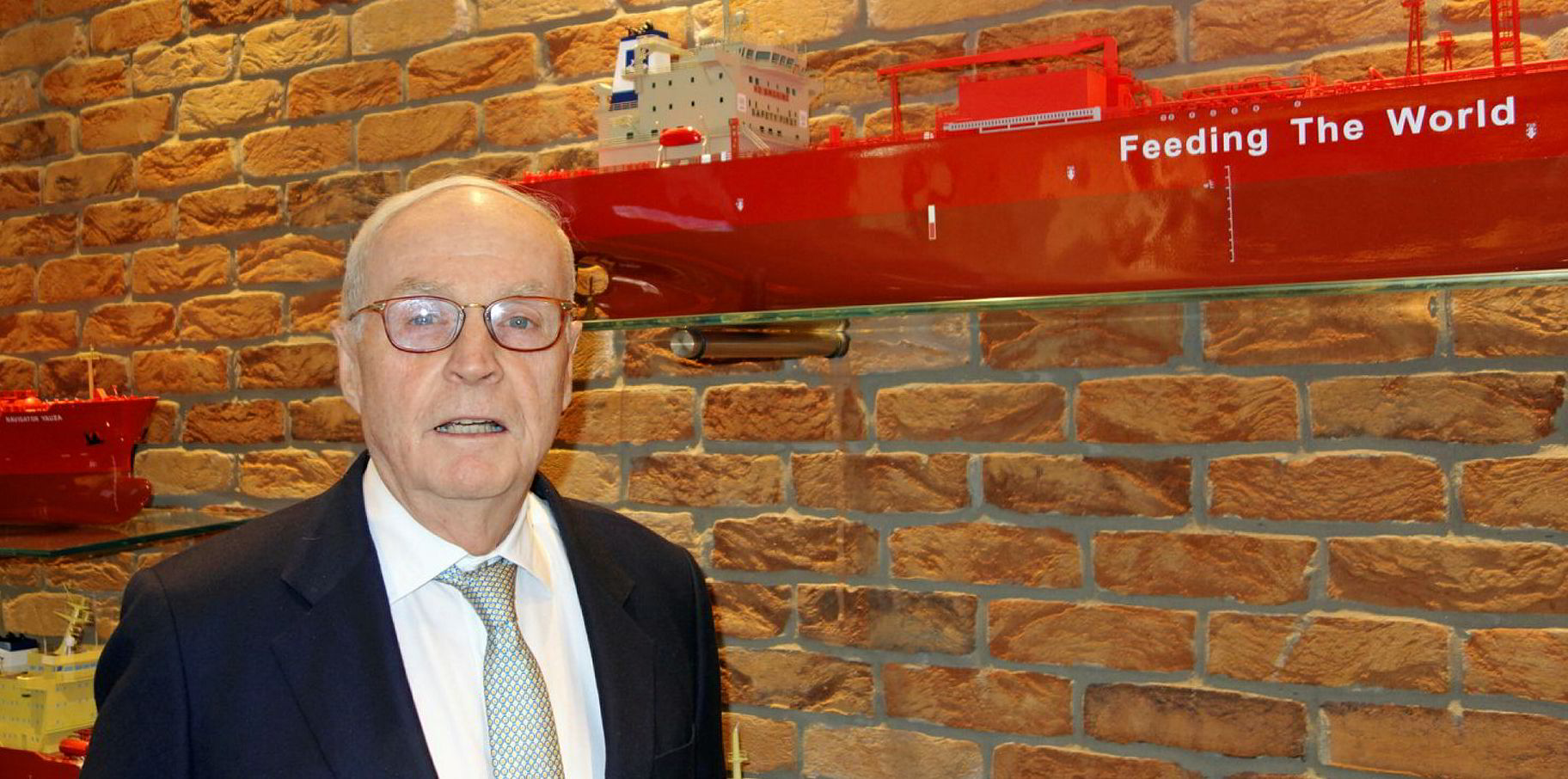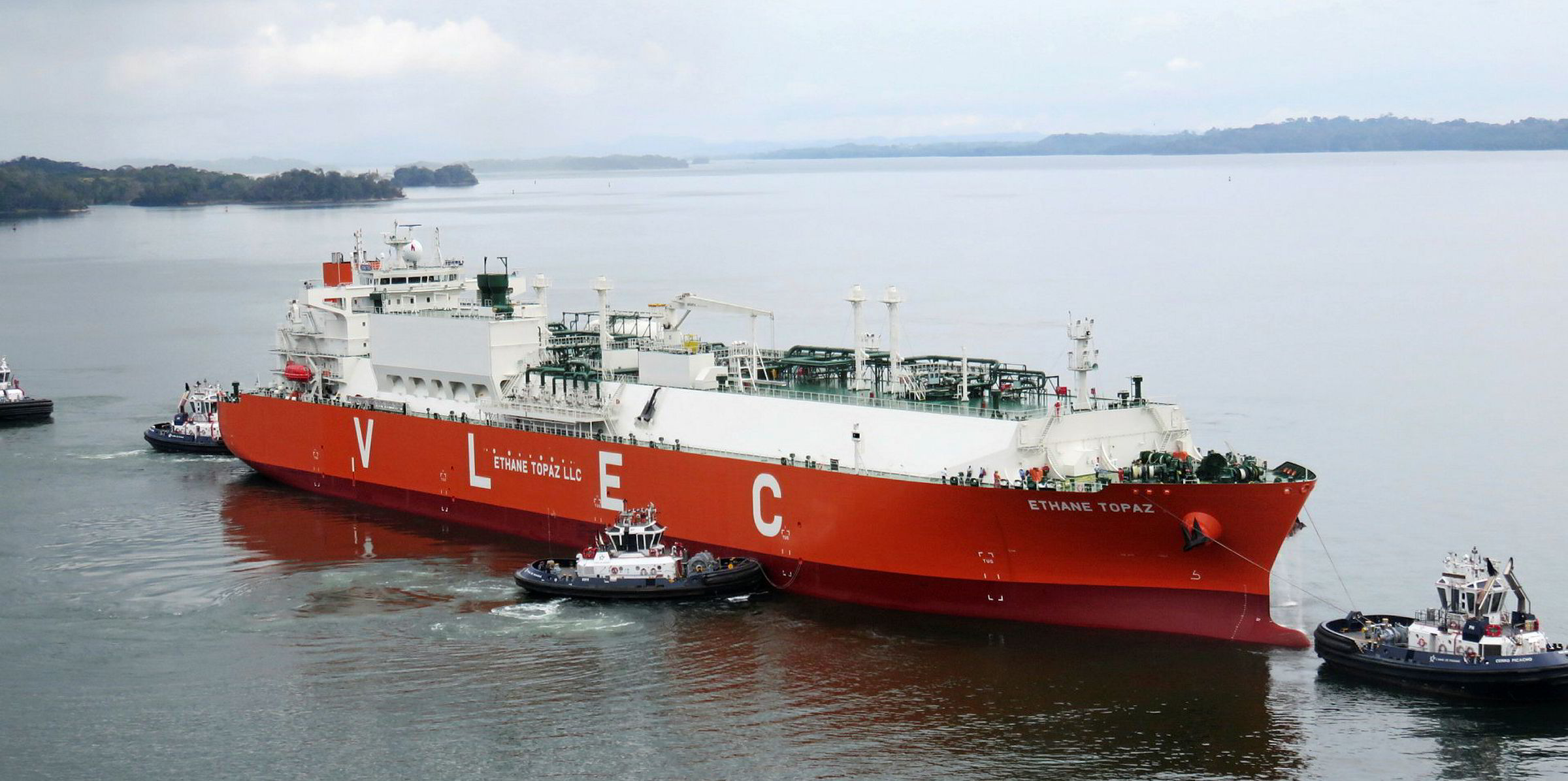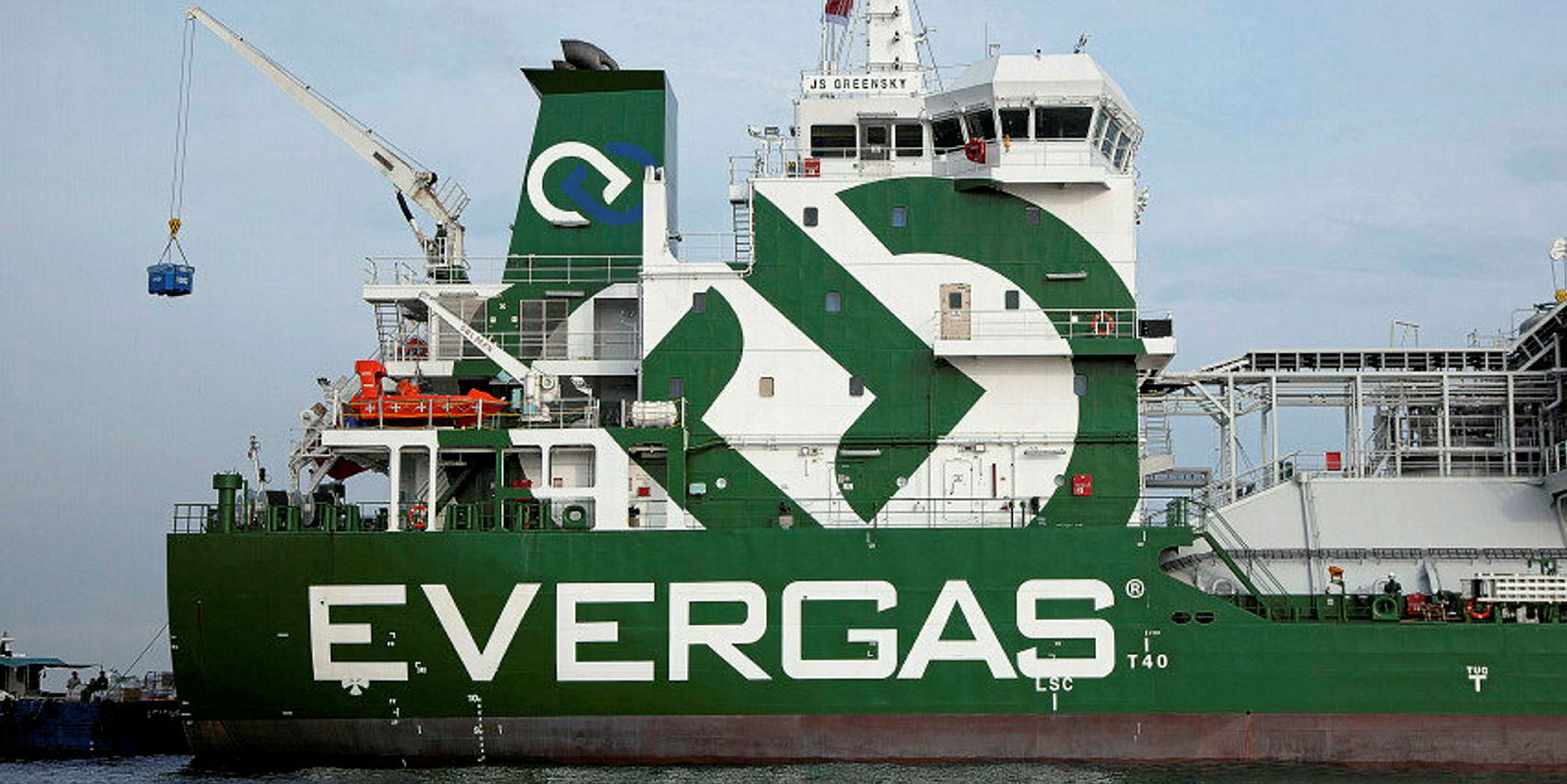Further de-bottlenecking of export infrastructure in North America since the end of 2018 will provide an upside catalyst for the whole spectrum of the LPG shipping market, says Navigator Holdings chairman David Butters.
While output of North American LPG has been increasing in line with surging shale energy production, producers have had trouble raising exports much further over the past few quarters due to a lack of new port facilities.
However, with several pipeline and terminal projects coming online this year and in 2020, New York-listed Navigator expects LPG shipping demand to be boosted by more exports from the US Atlantic coast and Canada’s west coast.
“I believe we are heading towards a very strong direction,” Butters tells TradeWinds. “The road to 2020 is very attractive for us.”
Navigator’s fleet, composed of 33 handysize and five midsize LPG carriers including some that are capable of carrying ethane and ethylene, recorded average daily earnings of $20,000 per ship during the first nine months of 2018. This compares with $21,000 in 2017 and $26,000 in 2016.
Improvement in earnings
But freight earnings have improved since the second half of last year. Further improvement could be based on buoyant shipping demand growth, with Clarksons expecting global seaborne trade volume to rise to 100.25 million tonnes this year from 94.85 million tonnes in 2018.
After nearly two years of delays, Energy Transfer Partners’ Mariner East 2 pipeline project finally began initial service at the end of December, transporting ethane, propane and butane produced in the Marcellus shale region to the Marcus Hook terminal in Pennsylvania.
The 275,000-barrels-per-day (bpd) project is scheduled to become fully operational by the end of next year.
While the Marcellus shale conditions are suitable to produce ethane, exports of this type of gas will not rise much before more overseas ethane-cracking capacity comes online, according to Butters, who also serves as Navigator’s president and chief executive.
“Marcus Hook is very important because volume is going to be there," Butters says. "It’s going to be primarily propane, a little bit of butane and some contracted ethane.”
VLGCs to benefit
Therefore, Butters suggests VLGCs — most suitable to transport propane to other continents — will be the main beneficiary from the infrastructure development, followed by the midsize and handysize segments.
In addition, Navigator officials have pointed out that AltaGas’ 1.2-million-tonne-per-year Ridley Island terminal is due this quarter and Pembina Pipeline’s 25,000-bpd Prince Rupert will begin operations during the summer of 2020.
The two propane terminals, which are located in British Columbia, are positioned to serve the Asian and Latin American markets.
The AltaGas terminal will favour VLGCs, with half of its volume already fixed to Japan’s Astomos Energy. The Pembina terminal is expected to use more semi-refrigerated handysize vessels.
“The volume [from the Pembina terminal] is small... but it could be very significant for us,” says Butters, whose company has 17 such vessels in its fleet.





